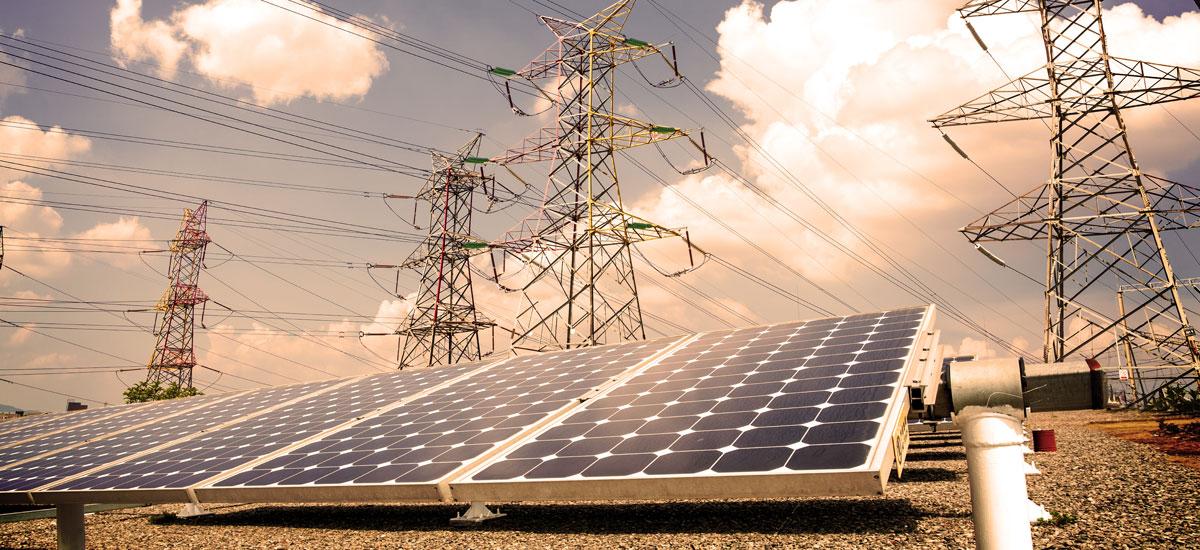Written By: Faith Jemosop
Despite abundant sunshine and wind, Africa faces a severe energy crisis with over 600 million people lacking electricity. Governments must act decisively to drive the continent’s transition to renewable energy. From policy reforms to infrastructure investments, their role is pivotal in unlocking a sustainable, equitable energy future.
Africa is blessed with vast renewable energy resources, yet remains energy-poor. According to the International Energy Agency (IEA), over 43% of the continent’s population lacks access to electricity. In rural Sub-Saharan Africa, that figure exceeds 70%. Meanwhile, climate change is intensifying droughts, floods, and food insecurity, increasing the urgency for a shift to clean energy.
As the world races toward a net-zero future, Africa risks being left behind unless its governments take the lead. Accelerating renewable energy deployment can transform health, education, and job creation while reducing emissions and enhancing energy security.
1. Establish Clear and Consistent Energy Policies
One of the most critical enablers of renewable energy growth is a stable, transparent regulatory environment. Investors and developers need policy clarity to commit funds and resources to projects that often span 15 to 30 years.
What governments should do:
- Develop and implement national renewable energy strategies with measurable targets.
- Introduce feed-in tariffs, net metering, and auction mechanisms to attract clean energy producers.
- Simplify licensing and permitting procedures to reduce bureaucracy.
- Empower independent regulatory bodies to ensure fair market rules and enforcement.
South Africa’s REIPPPP attracted over $20 billion in private investments due to its clear, competitive framework.
2. Enable Public-Private Partnerships (PPPs)
Governments cannot meet Africa’s $70 billion annual energy financing needs alone. Public-private partnerships (PPPs) offer a solution by combining public sector support with private sector innovation and capital.
Steps to consider:
- Offer risk guarantees and credit enhancements through national banks or DFIs.
- Bundle small-scale projects to create bankable investment portfolios.
- Create special economic zones or renewable energy hubs with incentives like tax breaks or fast-track approvals.
Kenya’s Lake Turkana Wind Power project, the largest in Africa, was realized through a PPP that leveraged both public support and private capital.
3. Expand and Modernize Electricity Grids
Generating clean energy is only part of the solution; transmission and distribution infrastructure must keep pace. Many African countries have grids that are outdated, fragmented, or entirely absent in rural areas.
Policy priorities:
- Invest in national grid expansion to reach remote communities.
- Promote smart grids and digital technologies to handle intermittent solar and wind energy.
- Support regional power pools for cross-border electricity trade and efficiency.
Ethiopia’s export of hydroelectric power to Kenya and Sudan shows the power of regional grid integration.
4. Promote Decentralized Energy Solutions
For millions in off-grid areas, the fastest path to electrification is through decentralized renewable solutions like mini-grids and solar home systems.
Government action can include:
- Removing import taxes on solar panels, batteries, and inverters.
- Providing capital subsidies or result-based financing for mini-grid developers.
- Collaborating with mobile money platforms to scale pay-as-you-go solar access.
Nigeria’s Rural Electrification Agency has deployed over 200,000 solar home kits using World Bank funding and private sector delivery.
5. Access International Climate Finance
Africa receives less than 3% of global climate finance, despite facing some of the world’s worst climate vulnerabilities. Governments must take proactive steps to attract international funding.
Tactics to unlock funds:
- Build bankable clean energy projects that meet donor and investor criteria.
- Set up national climate finance coordination units.
- Align energy initiatives with Nationally Determined Contributions (NDCs) under the Paris Agreement.
Morocco’s Noor Ouarzazate solar complex secured over $2 billion from the Green Climate Fund and other partners by aligning with its climate targets.
6. Develop Local Manufacturing and Green Jobs
A just energy transition must also be an inclusive and job-creating one. Over-reliance on imported equipment and foreign experts limits economic benefits.
Governments can:
- Incentivize local production of solar panels, batteries, and components.
- Support vocational training centers focused on solar installation, maintenance, and grid engineering.
- Work with universities to introduce renewable energy curricula.
South Africa now trains thousands of solar technicians each year and supports local manufacturing to supply regional demand.
7. Improve Energy Planning and Data Access
Data is the backbone of good energy planning. Yet many African countries lack real-time data on energy demand, resource potential, and project performance.
Key steps:
- Map renewable resources using satellite and geospatial tools.
- Develop national energy information systems for public and investor use.
- Integrate planning across energy, urbanization, and industrialization policies.
Rwanda’s energy data portal allows open access to electrification status, project pipelines, and regional planning metrics.
Also read: Why Africa Isn’t Harnessing Its Desert Sunlight for Electricity And What It’s Costing the Continent
All these strategies hinge on one factor: political will. Governments must elevate energy policy to a national priority and back it with serious budget allocations, competent institutions, and anti-corruption safeguards.
Without decisive leadership, Africa risks locking itself into fossil fuels and failing to meet its development goals. But with it, the continent can leapfrog into a clean, affordable, and secure energy future.



